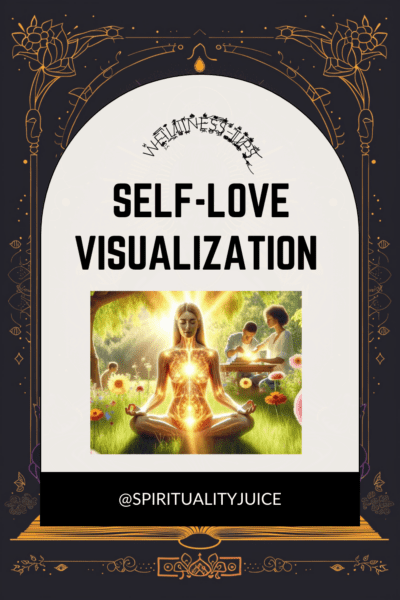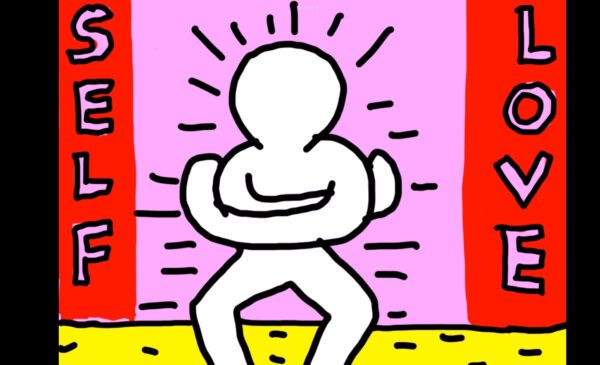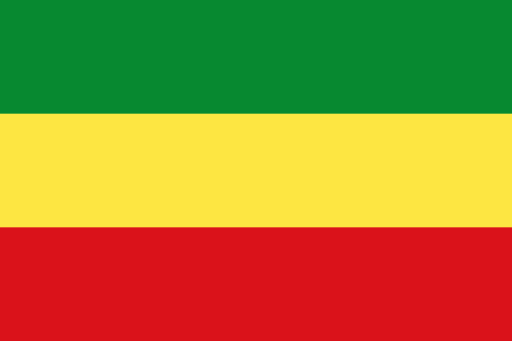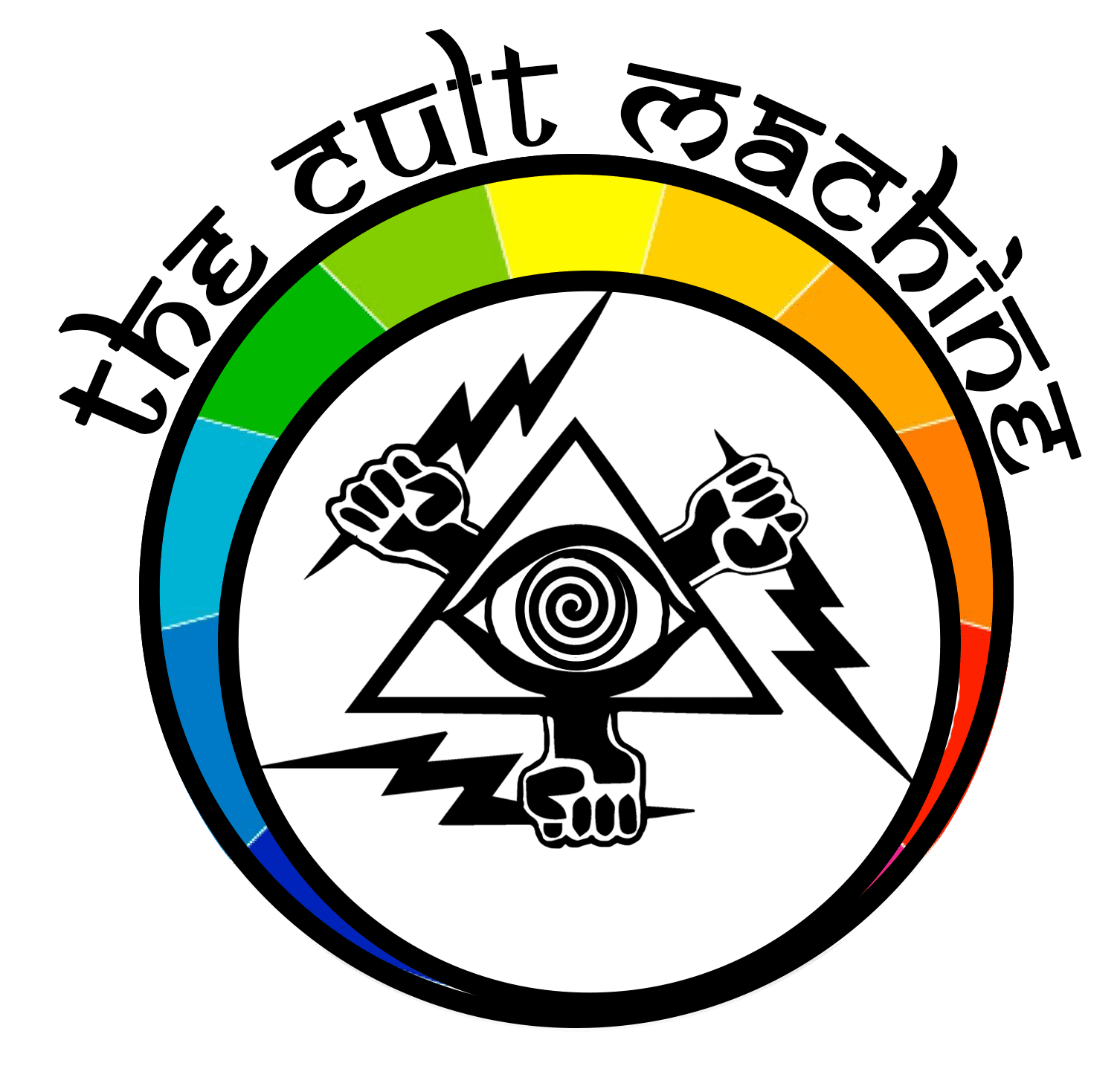When most people hear the word Rastafari, the first things that go to mind are men with dreadlocks, smoking ganja, reggae music, and men with dreadlocks smoking ganja hearing reggae music. In other words – Bob Marley. However, Rastafarianism is a very serious philosophy; a part religion, part sociopolitical movement, and full lifestyle.
While some people claim to be Rastafari just as an excuse to smoke weed, there are many firm believers and followers, and the public idea of Rastafarianism is often quite inaccurate.
But is it possible for anyone to become a Rastafari? And if so, is it easy?
Learn everything you need to become a Rastafari.

But first things first…
What is Rastafarianism?
Rastafarianism, also known as the Rastafarian movement, is a modern religious movement that has its roots in Christianism and Judaism. Unlike its ancestors, Judaism and Christianism, Rastafarianism is not a traditional highly organized religion. Many Rastas (followers of Rastafarianism) refuse the idea of Rastafarianism being a religion at all, preferring to think of it as a “way of life”.
Click Here to Read the Rastafarian Bible
Emperor Haile Selassie I
Rastafari believe that Emperor Haile Selassie I, of Ethiopia, was far more than just an African King – he was God (“Jah”) incarnate, either the Second Coming of Jesus Christ or an earthly manifestation of the Godhead.
See More from Emperor Selassie I
The Emperor’s coronation in 1930 is viewed by Rastafari as the fulfillment of both biblical and modern prophecy. Haile Selassie’s royal line can be traced back to King Solomon, placing Ethiopia’s Emperor in the same bloodline as Jesus.
It all started in 1920 when the black nationalist leader Marcus Garvey gave a speech that early Rastas took as prophecy. “Look to Africa,” said Garvey, “when a black king shall be crowned, for the day of deliverance is at hand”. The nationalist leader was citing a biblical verse (Psalm: 68:31) that says “Princes shall come out of Egypt; Ethiopia shall soon stretch out her hands unto God.”
For centuries, emperors in Ethiopia have carried biblical titles like “King of Kings”, “Lord of Lords”, and “Conquering Lion of Judah”, and for Rastafari, this was further proof of Haile Selassie’s divinity.
The movement’s very name (Rastafari) comes from Haile Selassie himself. Before he was crowned emperor, his given name was Ras (or “Prince”) Tafari Makonnen. When Rastafari invoke the emperor’s name, it’s either as “His Imperial Majesty” or “Jah Rastafari”.
Most Rastafari also does not believe Selassie died in 1975, since he is divine, and he rather disappeared.
(For the record, Selassie was a devout Christian and always denied the claims to be a deity.)
The Rastafari Worldview
At its core, the Rastafari movement is an African liberation movement, born of centuries of oppression at the hands of colonialism and slavery. According to Rastafari, Africa is “Zion”, the promised land, and Ethiopia is the Garden of Eden, an earthly paradise. People living outside Africa – whether it’s in Jamaica, Europe, the United States, or elsewhere – are living in exile in “Babylon”, under systems design to repress and oppress.
Early Rastafari leaders preached that the goal of every Rastafari should be to return and live in Zion (“repatriation”). While that remains the goal of many modern Rastafari, others maintain the worship of Africa while attempting to build authentic Rastafari communities in their home countries.
The “Livity”
One of the main objectives of Rastafarianism is to expand one’s “livity”, the divine life-force within every man and woman. Since the presence of Jah is in all living things, Rastafari often refer to themselves as “I and I,” as in “Jah and I”. Rastafari also believe that the best way to cultivate this divine energy is by living as closely connected to nature as possible.
Dreadlocks are a visible expression of the Rastafarian lifestyle, having originated with an Old Testament commandment, Leviticus 21:5: “They shall not make baldness upon their head”, but today has grown to have many meanings.
The Rastafari diet, known as “ital” emphasizes organic, natural ingredients with minimal sugar and salt, and little to no meat. Many Rastafari are vegan, and some even eat only raw foods. The ital lifestyle has a lot in common with popular plant-based diets in the West.
Ital Diet
Rastafari have a specific diet known as Ital; a word that comes from “vital”. Many people confuse Ital with veganism or vegetarianism. Ital it’s a diet of its own, and may change somewhat based on the denomination of the individual Rastafari. Rastafari don’t wish to participate in the system, as they consider it oppressive, so they refuse to eat any processed foods. They also don’t eat red meat, believing that it rots inside your body.
Many will still eat fish because they believe that it is supported as being all right in the Bible. However, some also refuse to eat fish, and others will remove dairy from their diet and go closer to full-vegan.
The main idea is to simply eat natural foods that are good for you.
Check out Some of these Rastafarian Diet Books
The Role of Cannabis
Cannabis, which Rastafari call “ganja” or simply “the herb”, is often used as a spiritual enhancement and the sacrament of the movement’s spiritual practice. Well before science could explain the physiological and psychological benefits of THC and CBD, the Rastafari already embraced the plant as a gift from nature.
The ritual smoking of ganja is part of the traditional Nyabinghi ceremony, a festive encounter filled with three-part African drumming, praise-singing, and meditative chanting. Marijuana is also used as part of “reasoning” sessions – smaller interactions where Rastafari tech history, share philosophy, create poetry and songs, and enjoy Ital food.
Not all Rastafarians Smoke Ganja
Many people are attracted to the idea of becoming a Rastafari because it means they have a religious excuse to smoke ganja. Some of them may be surprised to find that smoking ganja is not only optional for Rastafari but isn’t all that central to their faith. Some Rastafari simply choose not to smoke weed at all.
Reggae
Reggae music in Jamaica grew out of other popular musical styles of the 1950s and 60s, like ska and rock steady. By the late 70s, reggae had captured the hearts and minds of Jamaica’s youth. The style came to represent the righteous struggle of the Rastafari against several attempts by the Jamaican government to destroy the movement.
It wasn’t long before the infectious rhythms and politically charged melodies of Peter Tosh, Bunny Wailer, and Bob Marley, all practicing Rastafarians, found a larger audience.
The Body as a Temple
In Rastafarianism, your body is considered to be your temple, so you need to take really good care of yourself. Not only do they have Ital but it goes much further than just eating good food to take care of your health.
Rastafari believe that they should let their hair grow long and not spoil it with anything unnatural. It all comes down to respecting your body and what it is. Rastafari don’t cut their hair, tattoo their skin, or eat bad food. Some Rastafari have cited this as the reason why they don’t smoke ganja. Some feel that for them, it’s not good for their health, and they end up quitting.
A Very Own Dialect
The early Rastafari in Jamaica created a dialect that comes from Jamaican Creole. Jamaican Creole was originally derived from English by African slaves who had been brought to the island of Jamaica. The Rastafari took the language and modified it both in dialect and philosophy to meet their needs, forming a new dialect known as Lyaric.
One of the most important concepts is the use of pronouns. Most of the time, “I” is used instead of “me,” “you,” or just about any pronoun. Rastafari do this to express the connection between all people and to acknowledge everyone’s humanity.
Rastafari also prefers positive expressions whenever possible. Instead of someone saying they are “dedicated,” they might say livicated to show vitality. And “oppressed,” would be downpressed, to indicate the direction that the oppression is coming from. Someone also might overstand something because it sounds more upbeat than “understanding.”
Don’t Call Them Rastafarians
Rastafari don’t like being referenced as “Rastafarians” at all. The reason for this stems from their philosophy.
Rastas believe that “ians” and “isms” represent the corrupt “Babylonian” system that oppresses people all over the world. Considering themselves a religion or an ism of any sort is seen as accepting a system that is against what they believe. This means that some Rastafari will be quite unhappy with you if you call them a Rastafarian or say that they practice Rastafarianism.
Of course, this hasn’t stopped scholars who still refer to Rastafari as an “ism” and also classify them as a religion. This latter part has also annoyed as some Rastafari don’t like the term “religion” either and prefer to consider their movement a philosophy.
Grounation Day
For stoners, April 20 is a very important day, but for Rastafari, the next day is the truly important one. As mentioned earlier, Rastafari believes that Emperor Haile Selassie I is the second coming of Jesus Christ, and thus they are pretty big fans of the guy. During his life back in the 60s, he decided to visit Jamaica. The official version is that it was a diplomatic visit, but some people believed he wanted to meet the Rastafari and learn about the people who worshiped him as another coming of the messiah.
The crowds were enormous and made an incredible amount of noise, and this delayed him coming off his plane for quite a while, probably due to safety concerns. During his time there, he did meet with some of the leading members of the Rastafari movement. While there isn’t much record of what was said, some believe he told them that they should try to fix things at home in Jamaica before they returned to Africa.
Since that visit, April 21 has been known to Rastafari as Grounation Day and is observed as one of the most important holy days.
The Rastafari Colors
The green, red, and yellow colors of Rastafari are pretty known, although most people probably associate them more with Bob Marley and ganja than they do any spiritual movement. However, many people don’t realize there are four Rasta colors.
The movement took much influence from Marcus Garvey, and the colors of his movement were green, red, and black. The Rastafari later saw Haile Selassie I as Jesus, and the colors of the Ethiopian flag were green, red, and yellow, so another addition was made, with four colors in total.
These colors all have symbolic significance in Rastafari beliefs. The yellow color is said by some to refer to the wealth of their homeland in Africa. The red is perhaps unsurprisingly symbolic of blood and the martyrdom of past Rastafari. The color black is an obvious reference to the black people who originally started the Rastafari movement to return to their roots, and the green is related to the abundant plant life of their native homeland.
In case you were still curious – no, the Rastafari colors don’t have anything to do with smoking ganja.
The Movement Today
It is estimated that there are at least 8 to 10 million Rastafari worldwide, spread across the Caribbean, North America, Africa, Australia, and Europe. There’s no official process for “becoming” Rastafari, just a desire to return from cultural exile to a place of connectedness to nature and spiritual growth.
While there’s some debate among diehard Rastafari whether white people have a place in the movement, Rastafarianism has evolved into a movement with global reach and appeal, and today everyone can become a Rastafari.
How to Become a Rastafari
The main step to becoming a Rastafari is to commit to the principles of Rastafarianism and its lifestyle.
Putting it simply, to become a Rastafarian (ideally) you’ll need to:
- Believe that Marcus Garvey is the prophet of the movement, and prophesied the coming of the Messiah, Emperor Haile Selassie I, and the return of all blacks to Ethiopia, the promised land;
- Believe and acknowledge Emperor Haile Selassie I as the Supreme being, and the only ruler of the Rastafari;
- Dedicate yourself to the Nazarite principle of allowing your “locks” to grow freely, and understanding that in them lies your strength just like the biblical Samson;
- Commit to eating “ital”. This is a symbol of purity;
- Smoke ganja and transcend the various levels of meditation upon Jah Rastafari;
- Commit yourself to eat “clean.” That means no red meat, no pork, no seafood, and, in some cases, no meat at all;
- Understand that your body is the temple of Jah and you should treat it with respect;
- Do not swear, curse, or criticize people, because Rastafari do not deal with “isms” and “schisms”;
- Become one with nature. In other words, love nature, love life, and, if possible, live off the fruit of the land;
- Love all mankind. Don’t harbor hatred in your heart for anyone, and be at peace with yourself;
- Observe the biblical sabbath by refraining from all work and strenuous labor on that day;
- Respect the garment: it is one of the symbols of your commitment to the movement;
- Respect the colors and understand what they mean. If someone asks you why did you become a Rastafarian, you should always have an intelligent answer. Never do it just because you see others doing it and you just want to follow.
It seems easy, right? Wrong, because not only you have to firmly believe on Rastafari ideas, you’ll also most likely have to change your whole “Western” lifestyle, and that requires a great level of commitment and belief on the cause.
Can Anyone Become a Rastafari?The simple answer is: yes! But as long as you fully commit to (most) of the principles above.
And it doesn’t matter if you are white or black. It doesn’t matter anymore that the Rastafari movement began among black people. As long as you are willing to live up to the principles and share their beliefs, then you are welcome to the movement.
You have to understand that there are true Rastafari who follows all the principles closely, but there are also who just stick to some of them, depending on their choices and personal beliefs.
It’s also important to remember that wearing dreads alone does not make one a Rastafari, you must commit to the heart! You must be willing to go above and beyond just the mere appearance of looking like one.
If you choose not to follow all the principles completely, that’s okay. Rastafari are loving people and they will not condemn you. There are Rastafari who eat meat, and some that don’t. Some eat salt, and some don’t. Some wear the colors all the time, and some don’t wear the colors at all. But the thing everyone has in common is the core belief of oneness, connectedness, and the “livity”.
To the truly committed, being a Rastafarian is a religion, to others, it is simply a lifestyle.
Before you choose to make it your religion, or your way of life, you must ask yourself the question – how far are you willing to go?
Share with us in the comments if you’re planning on becoming a Rastafari. If you’ve already turned one, let us know about your experience.










